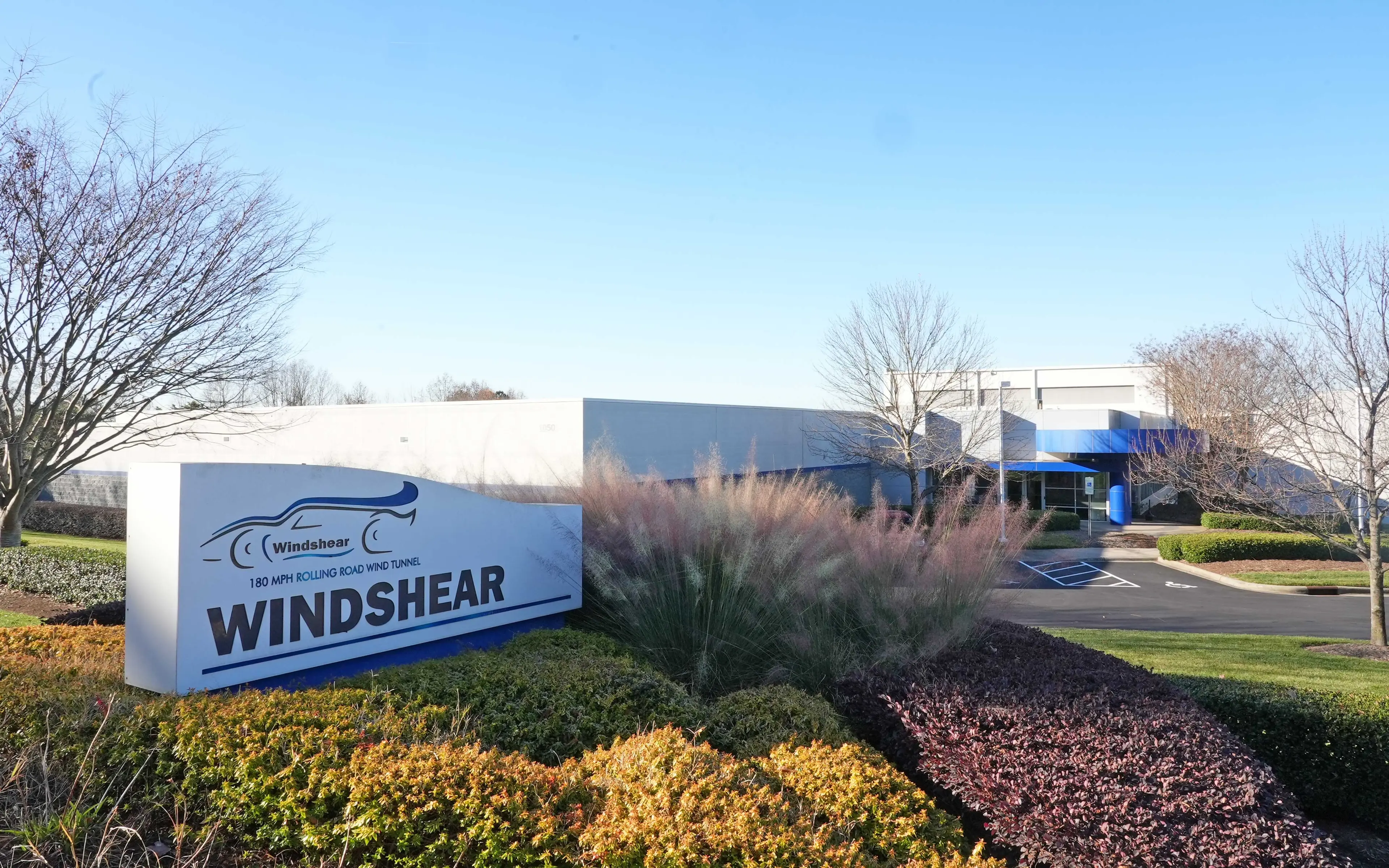Explained: Supercars wind tunnel testing
Supercars to run at wind tunnel for very first time
Two Gen3 race cars have been sent to Windshear facility in United States
Supercars.com will post exclusive videos as testing progresses
For the very first time, Supercars will be run at a wind tunnel, with two current Gen3 cars being sent to the United States.
The cars, owned by homologation teams Triple Eight Race Engineering (Chevrolet Camaro) and Dick Johnson Racing (Ford Mustang) have been sent to the Windshear Wind Tunnel Testing Facility in North Carolina.
In a world-first aerodynamic test for Supercars, testing will be completed at one of the most advanced automotive wind tunnels in the world, which can coordinate speeds at nearly 300km/h.
Supercars.com will post exclusive videos from Windshear as testing progresses, with Supercars technical staff, along with Triple Eight and DJR staff, overseeing testing. Supercars CEO Shane Howard and new General Manager of Motorsport Tim Edwards are also present Stateside.
So, what is wind tunnel testing, and why Windshear?
The facility
The Windshear Full Scale Rolling Road Wind Tunnel is an automotive wind tunnel in Concord, North Carolina.
Key in that title is ‘rolling road’. The Windshear tunnel is a closed air circuit, temperature-controlled system built around a rolling road.
The rolling road is like a giant treadmill, and three metres wide by nine metres long. Air and rolling road speeds are coordinated up to 180 mph, or 80 metres a second — approximately what Supercars reach down Bathurst’s Conrod Straight!
The air temperature, which is crucial to repeatable data collection, is maintained at a constant 24°C, plus or minus one degree.
Windshear has a particularly large tunnel, given the size of test chambers affect the quality of testings. The air circuit is a sizeable 400 square metres, and pushes air at the maximum rate of 1350 cubic metres per second.
The air itself is pushed by a 3800 kW motor and 29 carbon fibre blades, which are nearly seven metres in diameter.
The testing

Supercars has previously measured downforce and drag with limited-speed tests on airfield runways, under a process known as VCAT (Vehicle Control Aerodynamic Testing).
Windshear has set the motorsport industry standard, and has been used by the likes of NASCAR, IndyCar and Formula One. The facility was established in 2008, and delivers actionable and repeatable results for motorsport and its teams.
Windshear was the first facility of its kind in North America, the third rolling road wind tunnel ever built that operates at its scale, and is commercially available.
Downforce and drag will be measured on both Supercars in the effort to end aerodynamic discrepancies before the start of the 2024 Repco Supercars Championship.
The Gen3 Camaro will be tested first, and will be used as the baseline for downforce and drag measurements. The Mustang will follow, and will be adjusted accordingly.
Critically, the wind tunnel testing program will align Supercars with world-best practice.
At Windshear, cars are placed on the rolling road, with the tunnel creating real world wind and ground simulation with maximum measurability.
Windshear engineers will oversee all testing along with Supercars technical and homologation team staff, with the rolling road and comprehensive data acquisition allowing engineers to test for a wide range of performance factors.
While the car won’t move, the wheels will and so will the road below it, ensuring engineers can get the most accurate data possible.
What else?
Away from wind tunnel testing, engine performance will also be addressed by transient dynamometer testing.
Transient dyno testing involves back-to-back testing of the Gen3 Ford and Chevrolet engine units, to provide a detailed understanding of how the two different power units compare on key performance metrics using a full engine and drivetrain installation.
Torque sensors will also be used to measure installed engine/powertrain performance, which can then be correlated back to the static and transient dyno validation.








